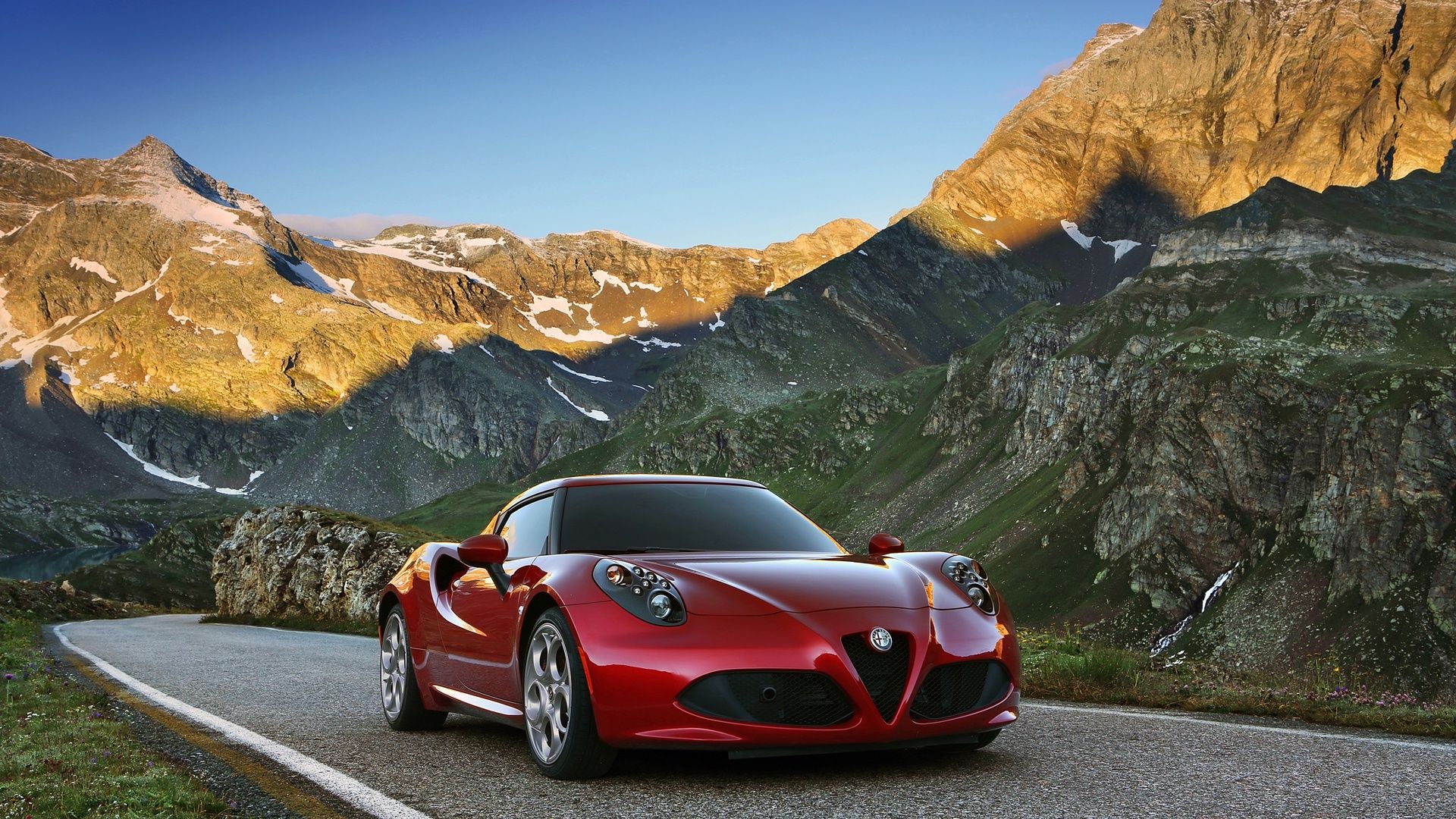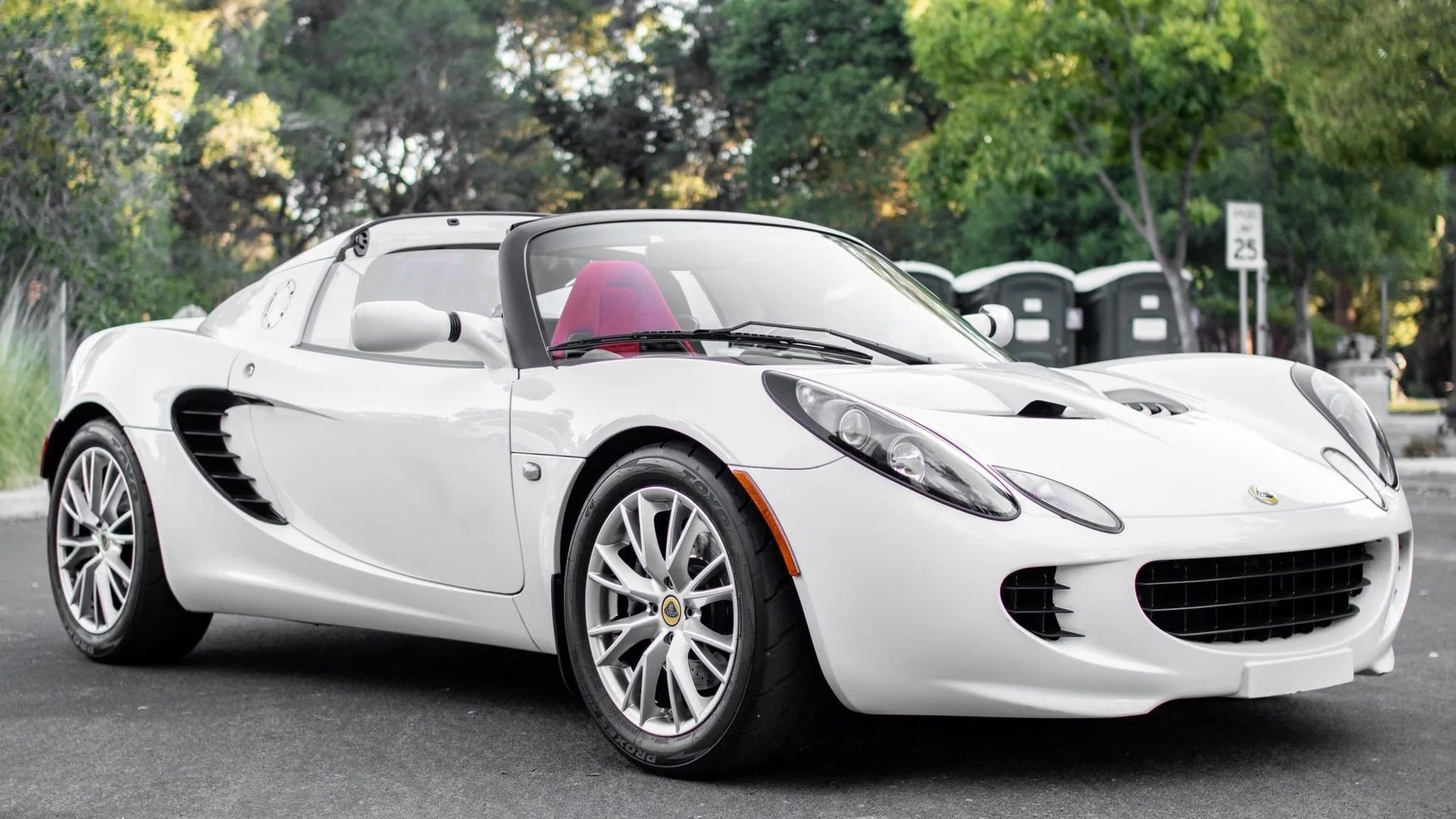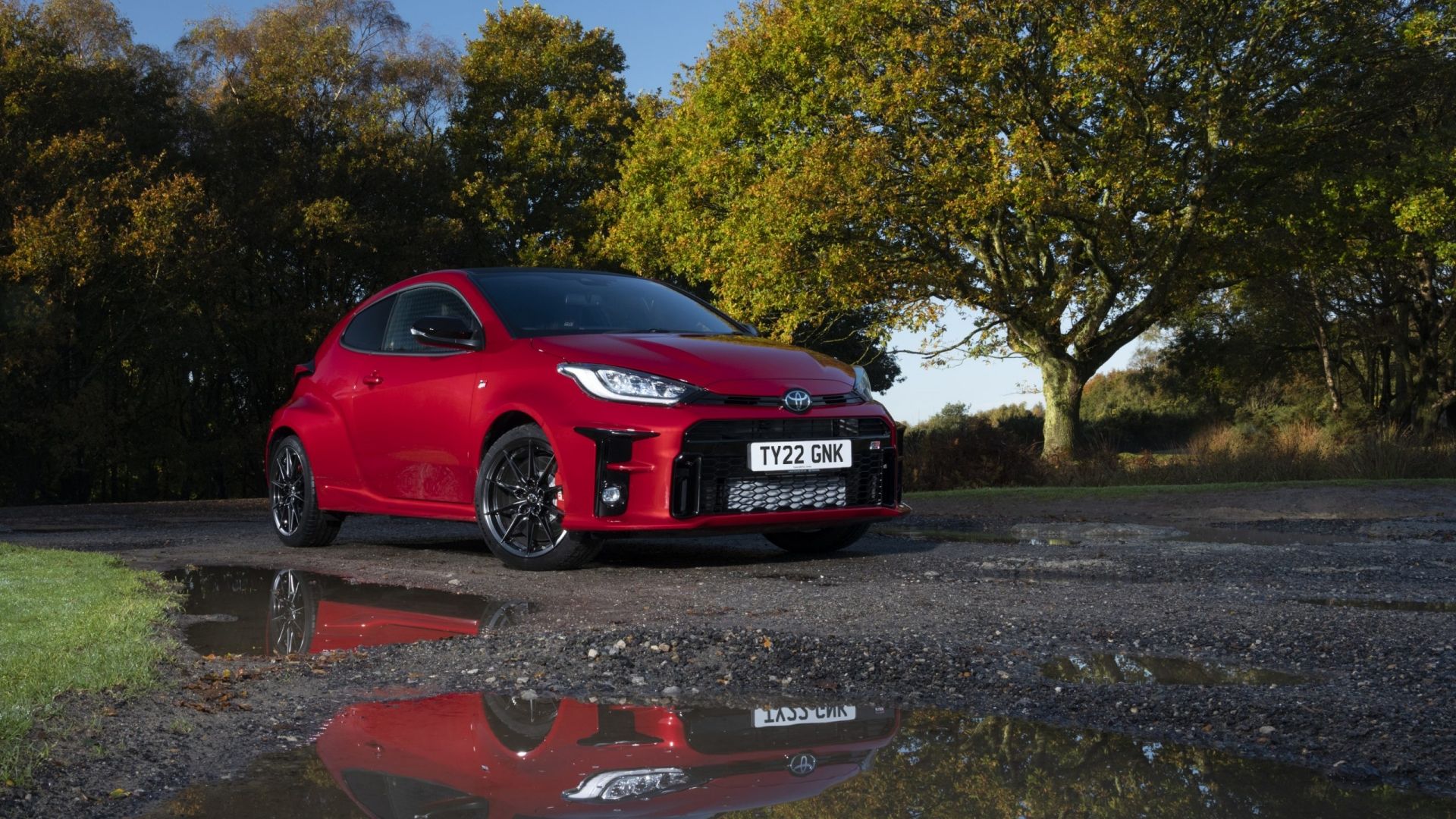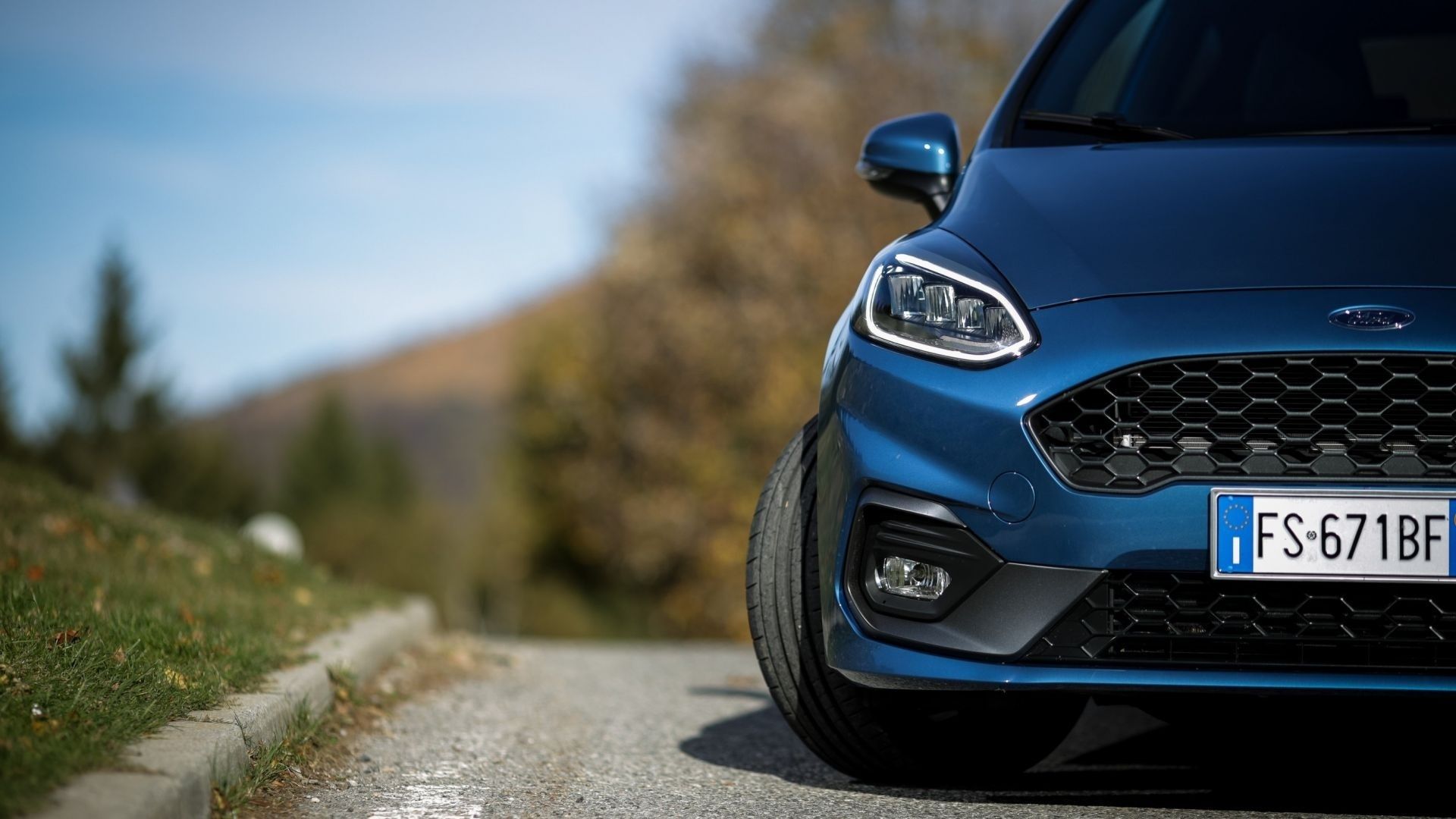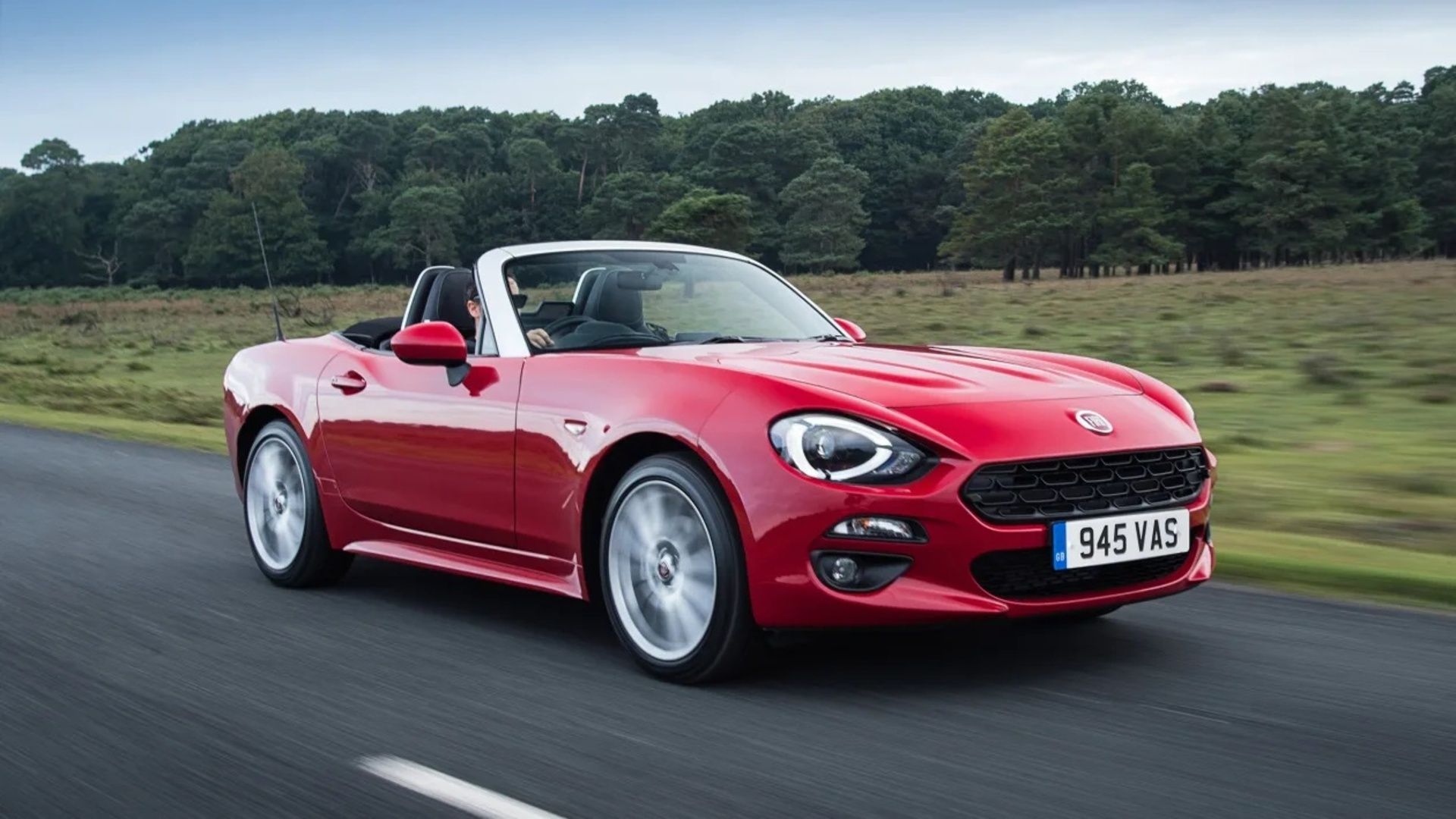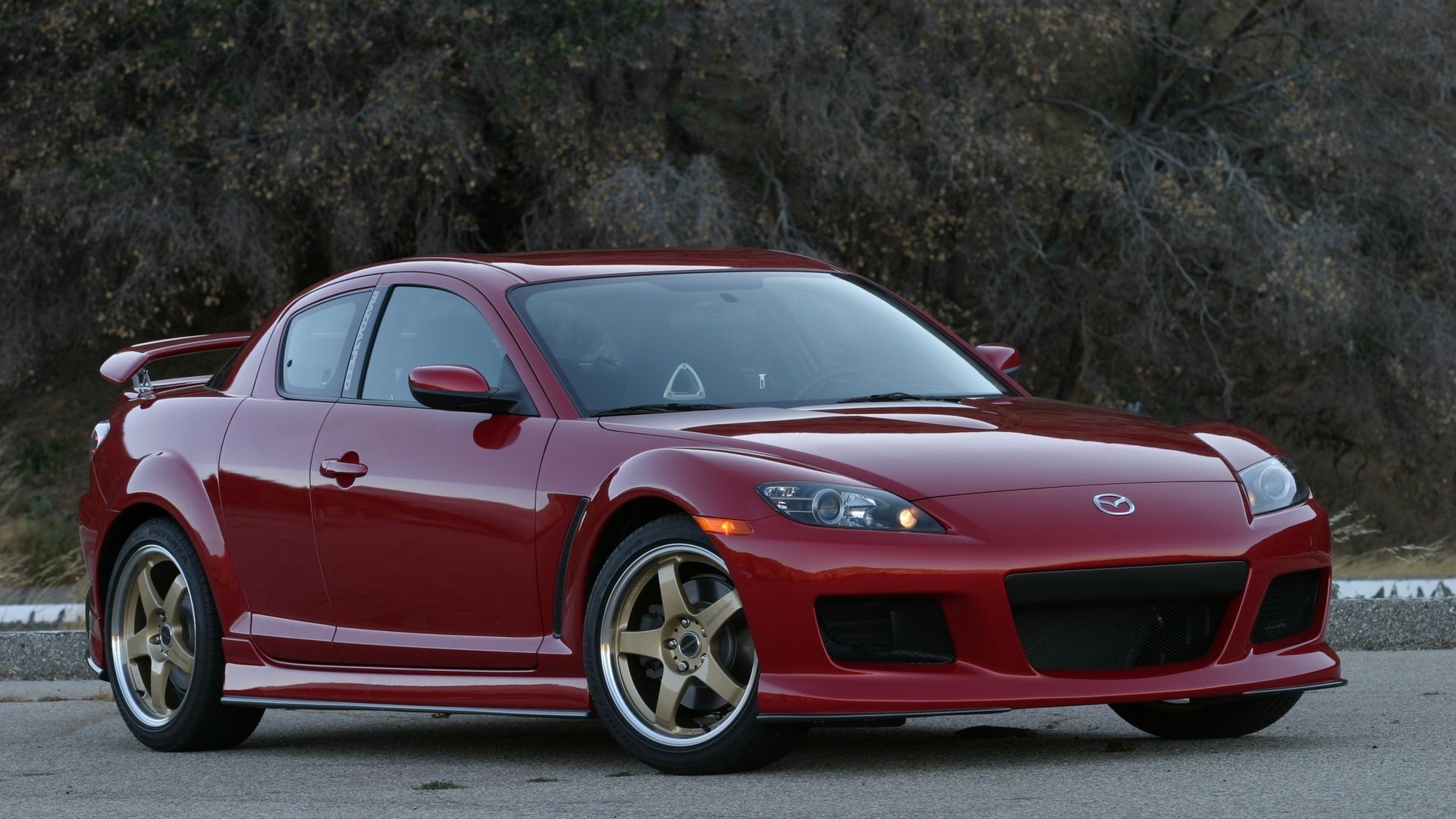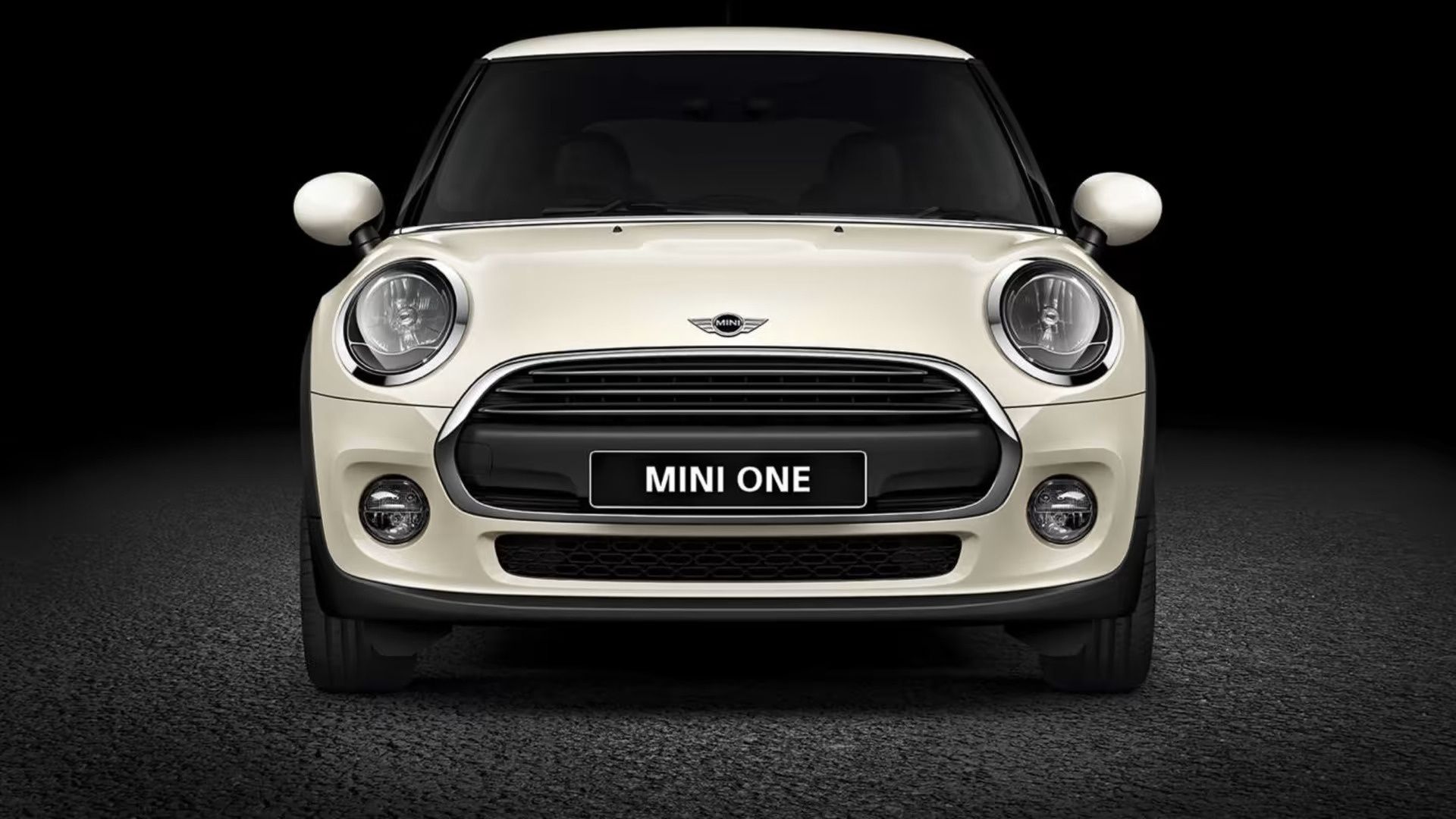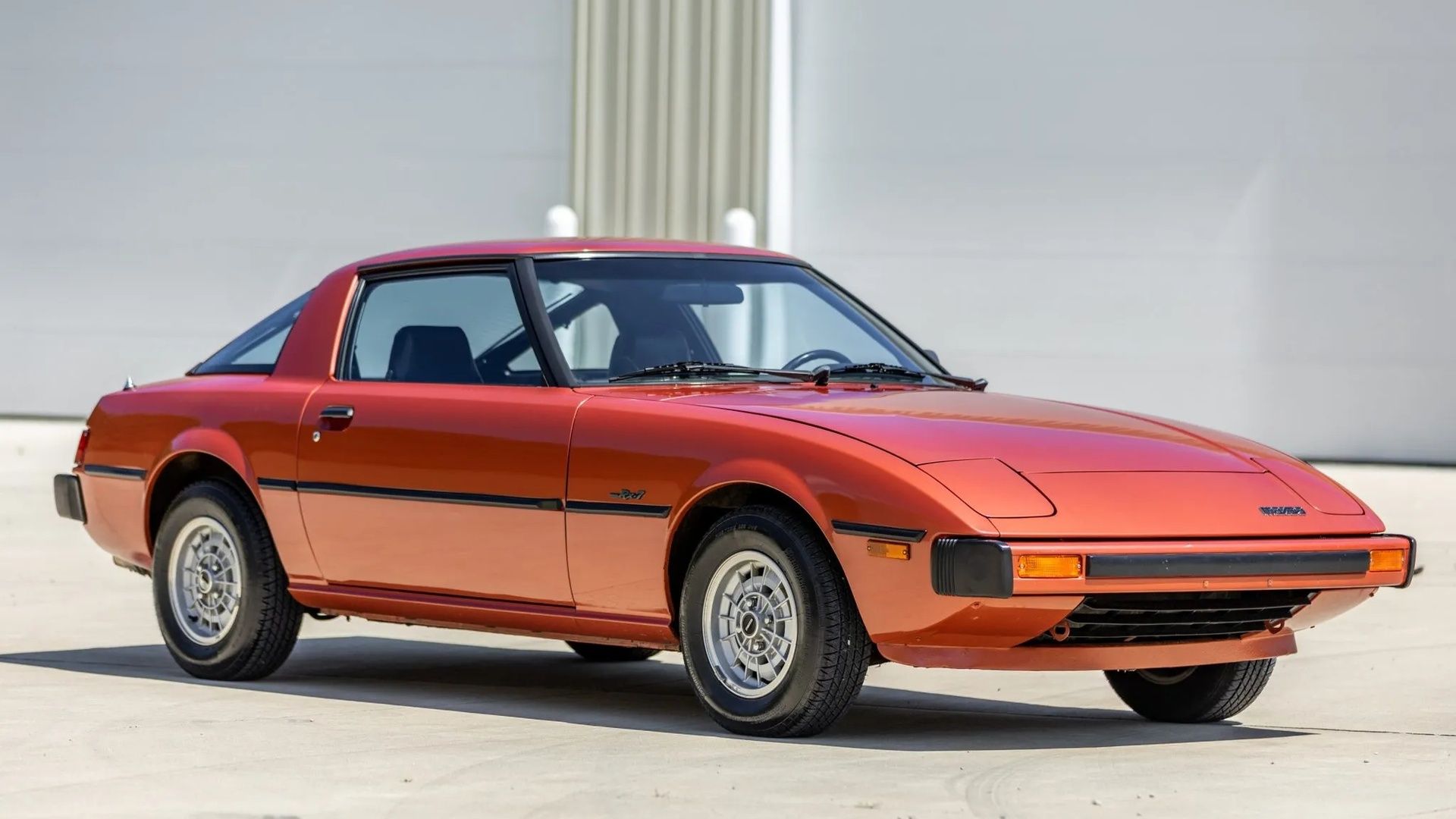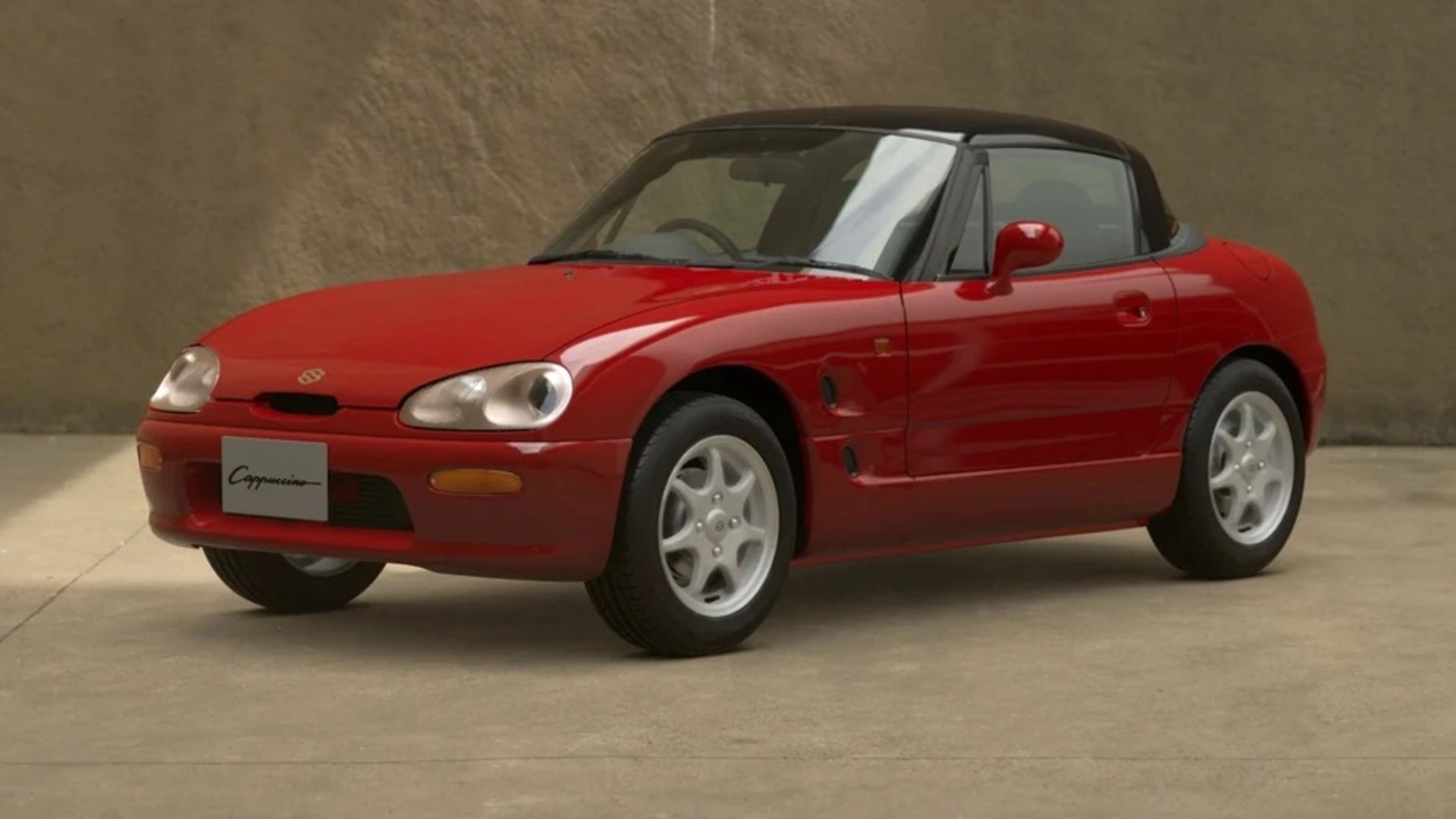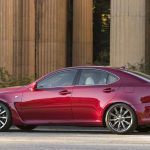In today’s automotive industry, the pursuit of speed and excitement is not always linked to high-displacement engines. In fact, engine downsizing is a growing trend among automakers, a practice consisting of using smaller combustion engines over larger ones of the same power capacity. This stems from the goal set by car manufacturers to provide more efficient vehicles that emit fewer emissions, often mandated by legislative standards.
As a result of these set objectives, many manufacturers are reducing engine displacement and the number of cylinders by incorporating forced aspiration devices (such as turbochargers or superchargers) and direct injection technology. This allows them to significantly improve the performance of a small engine while maintaining enhanced efficiency and reduced carbon emissions. Additionally, smaller engines are often lighter, resulting in less overall energy expended while driving, and reducing the number of cylinders also decreases friction in the engine, thereby increasing efficiency.
However, low-displacement engines are more commonly found in family cars where high power is less necessary. Therefore, discussing engine downsizing in sports cars may not make much sense, because why would you buy a sports car if you can’t achieve high performance with a powerful and loud engine? After all, the larger the engine displacement, the more air can be pushed into the cylinders, an action that enhances the combustion process, allowing the engine to generate more power (though fuel efficiency is likely to drop as displacement increases). It’s clear that the manufacturers of these 10 cars had priorities beyond just generating big horsepower numbers in mind.
In order to give you the most up-to-date and accurate information possible, the data used to compile this article was sourced from each manufacturer’s website and other authoritative sources. The models showcased here have been ranked based on the displacement of their engines, from the highest to the lowest.
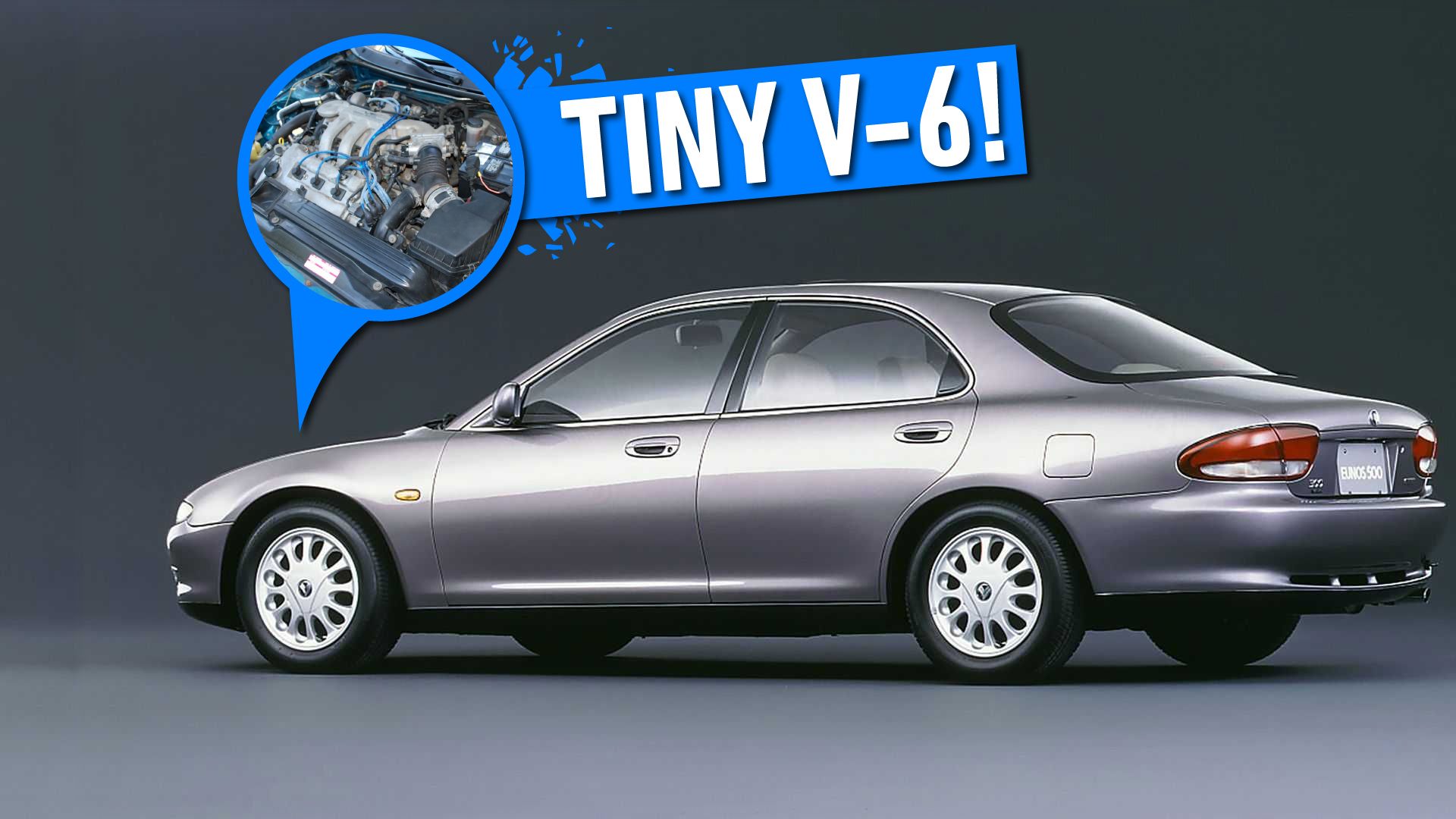
The Smallest Displacement V-6 Ever Put In A Luxury Car
Luxury cars in the 90s usually have V-8 or V-12 engines to power these larger vehicles. But Mazda decided for one of the smallest V-6 engine ever.
10 2014 Alfa Romeo 4C
1.75-liter four-cylinder engine
Manufactured by the renowned Italian automaker Alfa Romeo, the Alfa Romeo 4C (Type 960) is a mid-engined sports car that made its debut at the 2013 Geneva Motor Show. Originally available solely as a coupe, production expanded over the years to include a spider body style, a strategic move by the company to address some of the criticisms aimed at the coupe, but that it still didn’t receive as much attention as expected. The designation “4C” denotes the straight-four engine configuration.
Performance Specifications
|
Engine |
1.75-liter four-cylinder inline engine |
|
Transmission |
Automatic transmission TCT |
|
Horsepower |
240 HP |
|
Torque |
258 lb-ft |
|
Drivetrain |
Rear-wheel drive |
|
0-60 MPH |
4.5 seconds |
|
Top Speed |
160 miles per hour |
(Specs sourced from Alfa Romeo)
The heart of the 4C lies in its new all-aluminum 1.75-liter (1,742 cc) inline 4-cylinder turbocharged engine, meticulously crafted to prioritize minimal weight. Capable of delivering 240 horsepower at 6,000 RPM, this powerplant propels the car from 0 to 60 miles per hour in 4.5 seconds (with a slightly longer time for the North American version due to increased weight compared to its European counterpart).
With a top speed of 160 miles per hour and boasting a power-to-weight ratio of 8.22 pounds per horsepower, the 4C recorded an 8 minute and 4 second lap time around the iconic Nürburgring circuit, as documented by the Italian car magazine Quattroruote.
9 2010 Lotus Elise
1.6-liter four-cylinder engine
Next on the list is the Lotus Elise Series 3, which was in production from 2010 to 2021, a very renowned modern classic. Upon its release, it offered two powertrain options: a 1.8-liter Toyota 2ZZ-GE I4 and a 1.6-liter Toyota 1ZR-FAE I4. Particularly in Europe, the base version of this model was outfitted with the 1.6-liter engine to meet the stricter Euro 5 emissions regulations. Interestingly, this engine mirrored the power output of the earlier 1ZZ-FE engine utilized in the Series 2.
Generating 132 horsepower at 6,400 RPM and 118 pound-feet of torque at 4,400 RPM, it facilitated a brisk 0-62 mph acceleration time of 6.5 seconds and achieved a top speed of 127 miles per hour.
Performance Specifications
|
Engine |
1.6-liter four-cylinder inline engine |
|
Transmission |
Manual, 6-speed |
|
Horsepower |
132 HP |
|
Torque |
118 lb-ft |
|
Drivetrain |
Rear-wheel drive |
|
0-60 MPH |
6.5 seconds |
|
Top Speed |
127 miles per hour |
(Specs sourced from Lotus)
The integration of the 1.6-liter engine was the work of Toyota. A sophisticated DOHC, 16-valve, 1.6-liter (1,598 cc) powerplant, it boasted cutting-edge features such as Dual VVT-i and Valvematic technology. Beyond its role in the Series 3, this engine found its place in the powertrain lineup of the Lotus Elise Sport and Sport 220, successors to the preceding Elise and Elise S models. Furthermore, it found application in various Toyota vehicles, including the Auris, Corolla, and Corolla Altis.
8 2020 Toyota GR Yaris
1.6-liter three-cylinder engine
The Toyota GR Yaris hit the market in 2020, showcasing its potent 1.6-liter (1,618 cc) straight-three Toyota G16E-GTS engine. Crafted under Toyota’s Gazoo Racing division, which made its debut in January 2020, the primary objective behind the car’s release was to design an engine able to meet the rigorous homologation rules of the World Rally Championship (WRC). This endeavor also required Toyota to produce at least 2,500 units of the GR Yaris within a continuous 12-month period, although Toyota claims this figure rose to 25,000 due to its success.
Performance Specifications
|
Engine |
1.6-liter three-cylinder inline engine |
|
Transmission |
6-speed manual |
|
Horsepower |
268 HP |
|
Torque |
265 lb-ft |
|
Drivetrain |
All-wheel drive |
|
0-60 MPH |
5.5 seconds |
|
Top Speed |
142 miles per hour |
(Specs sourced from Toyota)
Boasting up to 268 horsepower, the engine’s turbo boost, set between 1.4 and 1.81 bar, elevates it into the ranks as one of the most powerful three-cylinder automobile engines ever manufactured. In line with Toyota’s strategic direction towards the implementation of hydrogen-fueled cars, in 2021, the company announced that a team of engineers had successfully modified the 1.6-liter GR Yaris engine to operate exclusively on hydrogen fuel.
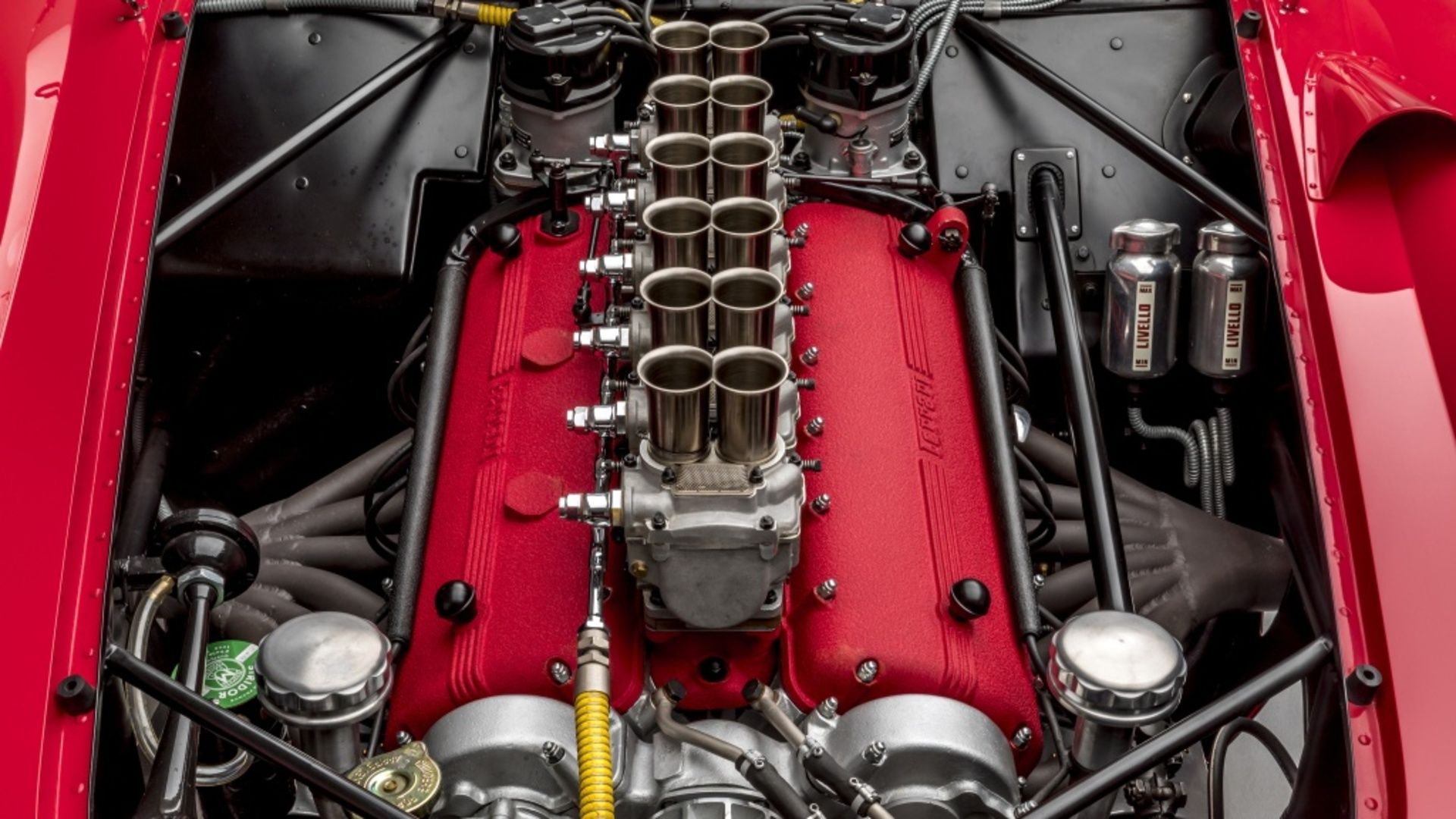
The Smallest Displacement V12 Engine Ever Put In A Production Car
Ferrari’s compact V-12 engine powered its first ever car and would remain in use until 1989 after undergoing several size increases.
7 2017 Honda Civic Si
1.5-liter four-cylinder engine
One of Honda’s latest additions to its esteemed lineup of engines, renowned for their power, efficiency, and reliability, is the 1.5-liter turbocharged 4-cylinder, which belongs to the “L-Series” engine family. This engine family has been produced in various iterations worldwide since 2001. Making its debut in the United States with the 2016 Honda Civic, there have been eight versions of the 1.5-liter Turbo engine available, delivering outputs ranging from 174 to 205 horsepower across various applications, with more than 3 million units sold globally.
Performance Specifications
|
Engine |
1.5-liter four-cylinder inline engine |
|
Transmission |
Manual, 6-speed |
|
Horsepower |
205 HP |
|
Torque |
192 lb-ft |
|
Drivetrain |
Front-wheel drive |
|
0-60 MPH |
6.5 seconds |
|
Top Speed |
137 miles per hour |
(Specs sourced from Honda)
Regarding the Civic Si, all trims are equipped with a powertrain enabling them to achieve 205 horsepower at 6000 RPM and a torque of 192 pound-feet at 1800-5000 RPM. This power is delivered through a six-speed manual transmission, complemented by a curvy limited-slip differential and a special Sport Mode that provides exceptional control over higher revolutions, making driving on curvy roads an exhilarating experience.
- To achieve minimal weight, the engine block is crafted from die-cast aluminum.
- Strengthening is provided by individual reinforced main bearing caps, while long-lasting durability is ensured by cast-in iron cylinder liners.
- Each journal on the lightweight forged-steel crankshaft undergoes micro-polishing to reduce internal friction.
- The connecting rods, made from lightweight, high-strength steel, are heat-forged as one piece and then “crack separated” to create a lighter and stronger rod with an optimally fitted bearing cap.
6 2018 Ford Fiesta ST
1.5-liter three-cylinder engine
When the Fiesta ST hit the market in 2018, Ford caused a stir by revealing that they had dropped one of its cylinders and 0.1 liters of displacement compared to the previous generation. This move made the 2018 Ford Fiesta ST probably the first-ever hot hatchback to feature three cylinders instead of the more common configuration of four. Equipped with a 1.5-liter EcoBoost engine featuring twin-independent variable cam timing and a sizable turbocharger with an “optimized” turbine design to reduce lag, the Fiesta ST maintained its reputation for performance despite the downsizing.
Performance Specifications
|
Engine |
1.5-liter three-cylinder inline engine |
|
Transmission |
Manual, 6-speed |
|
Horsepower |
200 HP |
|
Torque |
214 lb-ft |
|
Drivetrain |
Front-wheel drive |
|
0-60 MPH |
6.5 seconds |
|
Top Speed |
144 miles per hour |
(Specs sourced from Ford)
With a rating of 200 horsepower and 214 pound-feet of torque, the three-cylinder engine propels the Fiesta ST to 62 mph in 6.7 seconds. What caught much attention was a tweak introduced with this model, cylinder deactivation, making it the first-ever three-cylinder engine to feature such technology. This innovation allowed for an improvement in fuel efficiency and CO2 emissions by 11 percent, according to Ford data, compared to the previous generation. However, it does come with the downside of introducing a new potential failure mode.
5 2016 Fiat 124 Spider
1.4-liter four-cylinder engine
The 124 nameplate and exterior styling details pay homage to the iconic Pininfarina-designed Fiat 124 Sport Spider, which was in production from 1966 to 1985. Largely based on the fourth-generation Mazda MX-5 roadster and manufactured alongside it at Mazda’s Hiroshima plant, while the 124 shares its platform, mechanicals, interior, and top mechanism, it sets itself apart with its own FCA-engineered and manufactured 1,4-liter (1,368 cc) turbocharged MultiAir engine.
The engine utilizes innovative technology developed by Fiat Powertrain Technologies, known as MultiAir. This hydraulically-actuated variable valve timing (VVT) and variable valve lift (VVL) system enables precise control of intake air directly through the engine’s inlet valves. Unlike traditional engines that rely on a throttle plate to regulate air intake, MultiAir allows for “cylinder by cylinder, stroke by stroke” control of intake air, addressing a primary engine inefficiency: pumping losses caused by restricting intake passage by the throttle plate that regulates air feeding the cylinders.
Performance Specifications
|
Engine |
1.4-liter four-cylinder inline engine |
|
Transmission |
Manual, 6-speed |
|
Horsepower |
140 HP |
|
Torque |
177 lb-ft |
|
Driveline |
Rear-wheel drive |
|
0-60 MPH |
7-5 seconds |
|
Top Speed |
134 miles per hour |
(Specs sourced from Fiat)
Introduced by Fiat in 2009, MultiAir employs an electro-hydraulic system to precisely control air intake without a throttle valve to increase engine power and torque, reduce fuel consumption, reduce emissions, and improve engine operation, offering a more controllable flow of air during the combustion cycle in comparison with mechanical VVT systems.
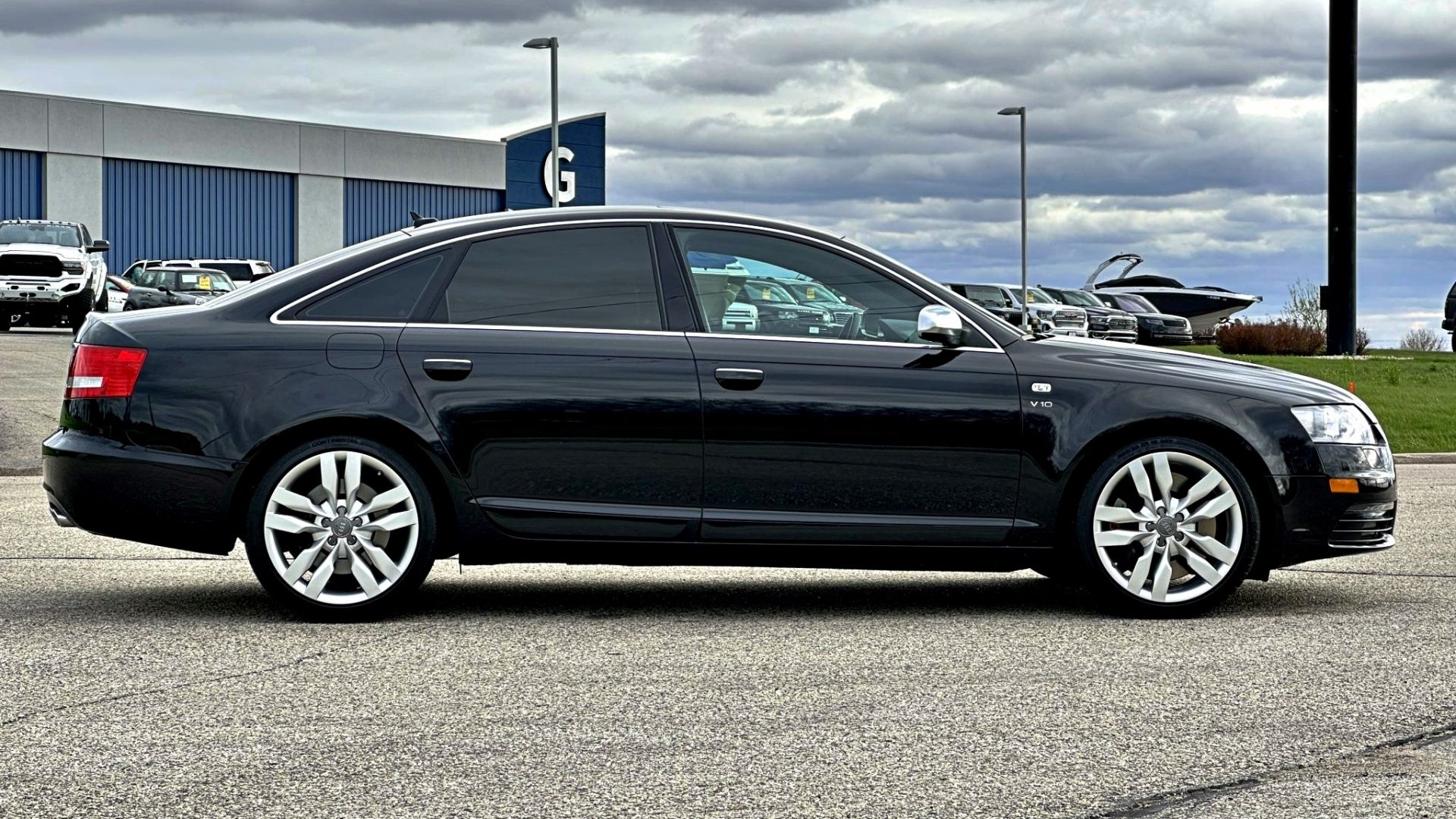
Find out why Audi dropped a monster V-10 under the hood of its understated S6 mid-size sports sedan, back in the mid-2000s
4 2003 Mazda RX-8
1.3-liter rotary engine
Designed by Ikuo Maeda, the Mazda RX-8 is a four-seater sedan with purely sporting abilities. The RX-8 was unveiled in 2001 at the North American International Auto Show as a replacement for the RX-7, and was marketed worldwide starting in 2003, the same year it won the “International Engine of the Year” and “Best New Engine” awards.
Performance Specifications
|
Engine |
1.3-liter rotary engine |
|
Transmission |
Manual, 6-speed |
|
Horsepower |
240 HP |
|
Torque |
159 lb-ft |
|
Drivetrain |
Rear-wheel drive |
|
0-60 MPH |
6.5 seconds |
|
Top Speed |
149 miles per hour |
(Specs sourced from Mazda)
Advantages Of Rotary Engines Compared To Piston Engines
- A far higher power-to-weight ratio than a piston engine (they can produce more power relative to their weight).
- Easier to package in small engine spaces.
- Able to reach higher engine speeds.
- They operate with almost no vibration.
- Not prone to engine knock.
- Cheaper to mass-produce, (because the engine contains fewer parts).
As its name suggests, it was a new model in Mazda’s RX range, belonging to the family of cars equipped with the Wankel engine, a type of internal combustion engine that utilizes an eccentric rotary design to convert pressure into rotating motion. Manufactured between 2003 and 2012, the RX-8 was the Japanese manufacturer’s last car with a rotary engine, which allowed it to achieve 189 horsepower and 164 pound-feet of torque, bringing an end to a trend that began in 1964 with the NSU Wankel Spyder, the first car with a Wankel engine.
3 2014 Mini Cooper One
1.2-liter three-cylinder engine
Approaching the end of the list, we have the Mini One, which debuted on the market with its 1.2-liter three-cylinder turbo engine in 2014. While its predecessor, the old Mini One, featured a naturally aspirated 1.6-liter engine, the new model is equipped with a downsized iteration derived from the 1.5-liter unit. Despite delivering only a slightly higher output of 101 horsepower compared to the old car’s 97 horsepower figure, the performance is significantly improved, especially in terms of in-gear acceleration.
Unlike the old naturally aspirated engine, which came to life around 3,000 RPM, this new turbocharged engine kicks in much earlier, between 1,400 RPM and 4,000 RPM. This results in smoother acceleration and less need to constantly shift gears, although the precise shifting of the gearbox mitigates this concern. It gives the impression of having more power readily available when required.
Performance Specifications
|
Engine |
1.2-liter three-cylinder inline engine |
|
Transmission |
6-speed manual |
|
Horsepower |
101 HP |
|
Torque |
132 lb-ft |
|
Drivetrain |
Front-wheel drive |
|
0-60 MPH |
9.9 seconds |
|
Top Speed |
121 miles per hour |
(Specs sourced from MINI)
Moreover, this engine is much more fuel-efficient, with an economy rating of 61.4 miles per gallon and emissions of 173 g/mile. These figures represent significant improvements of around 10 MPG and 32 g/mile over the old Mini One, making it not only more powerful but also more economical to run.
2 1979 Mazda RX-7
1.1-liter rotary engine
Next up is the Mazda RX-7, a front-engine, rear-wheel-drive sports car also powered by a rotary engine, which was manufactured and marketed by Mazda from 1978 until 2002 across three generations. All iterations of the RX-7 utilized the compact, lightweight Wankel rotary engine.
Unlike its successor, the RX-8, the RX-7 began with a different rotary engine, the 12A twin-rotor, an internal combustion engine that operates without pistons in the manner of a reciprocating engine. In addition to its operational differences, it featured a smaller displacement of 1.1 liters (1146 cc). The advantage of the RX-7 lay in its diminutive size and weight, which the compact rotary engine delivered. It was positioned behind the front axle, which helped balance the front and rear weight distribution, resulting in a low center of gravity.
Performance Specifications
|
Engine |
1.1-liter rotary engine |
|
Transmission |
4-speed manual |
|
Horsepower |
100 HP |
|
Torque |
105 lb-ft |
|
Drivetrain |
Rear-wheel drive |
|
0-60 MPH |
9.2 seconds |
|
Top Speed |
122 miles per hour |
(Specs sourced from Mazda)
The rotary engine also had financial advantages for Japanese consumers in the sense that the engine displacement remained below 1,500 cc, a significant determination when paying the Japanese annual road tax. This kept the obligation affordable to most buyers while having more power than the traditional engines having a straight cylinder configuration.
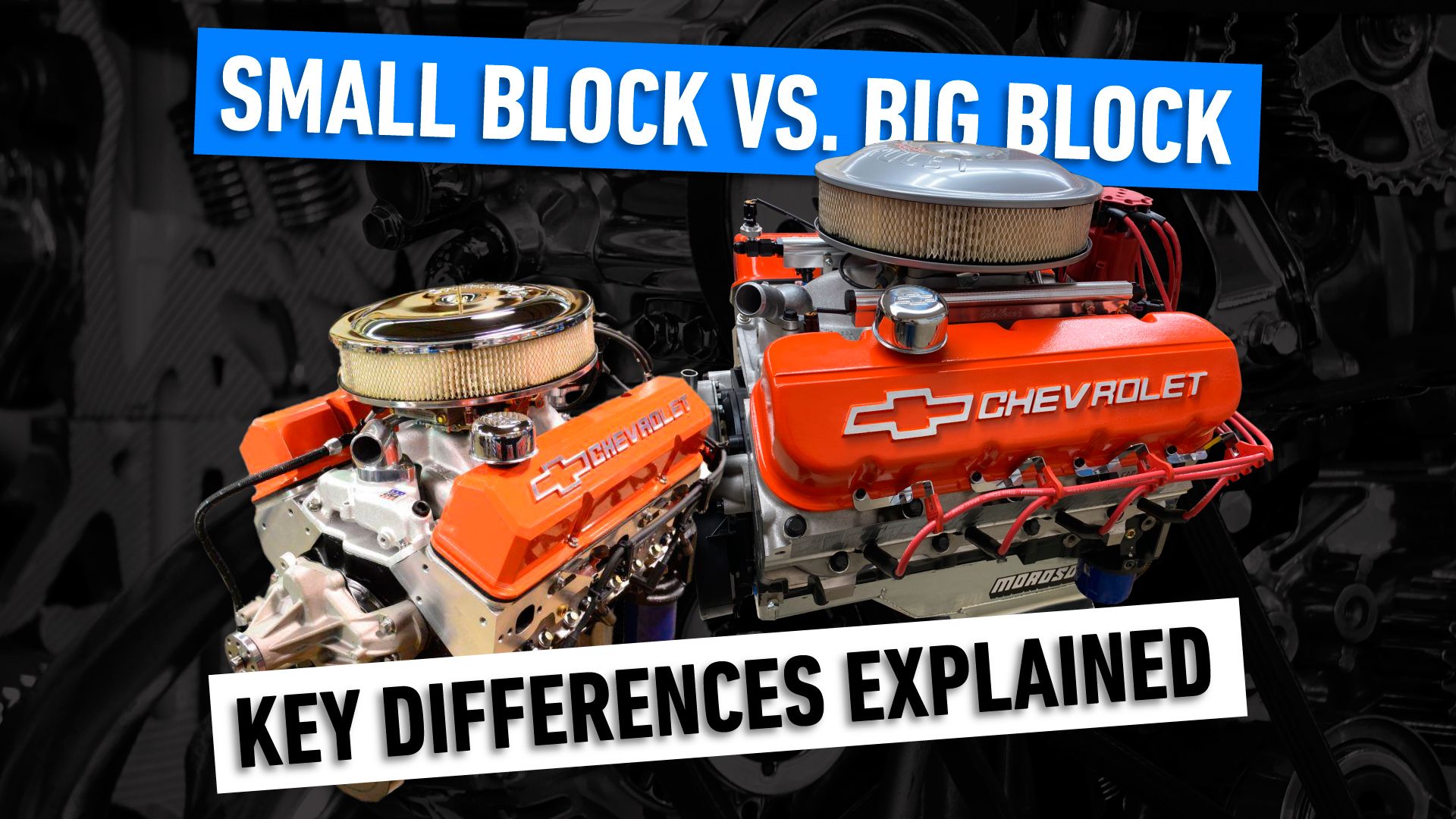
Small Block Vs. Big Block: Key Differences Explained
Size doesn’t always matter when comparing Chevy small blocks and big blocks engines. Here’s why
1 1991 Suzuki Cappuccino
0.66-liter three-cylinder engine
And finally, we arrive at the Suzuki Cappuccino, the sports car produced by the Japanese company Suzuki starting in 1991 and lasting until 1998. Even though it was not the fastest, the vehicle was specifically designed to meet K-car specifications, ensuring lower tax and insurance rates in Japan. Weighing in at 1,598 lbs, the Cappuccino is propelled by a turbocharged, three-cylinder, 657 cc DOHC engine, just under the 660 cc maximum displacement allowed for a K-car.
This engine, known as the F6A, made its debut in 1990 as a replacement for the F5B. In an era when the Porsche 911 still relied on air cooling and 2 valves per cylinder, the Cappuccino’s 660 cc three-cylinder engine boasted a twin-cam, 12 valves, and an inter-cooled turbocharger to compensate for its small displacement. It delivered 64 horsepower (the upper limit for K-cars) and 78 pound-feet of torque. Despite its diminutive size, the F-series engine was Suzuki’s first four-stroke automobile engine, featuring an IHI RHB31 turbocharger that surprises with its compactness.
Performance Specifications
|
Engine |
0.66-liter three-cylinder inline engine |
|
Transmission |
3-speed automatic |
|
Horsepower |
64 HP |
|
Torque |
78 lb-ft |
|
Drivetrain |
Rear-wheel drive |
|
0-60 MPH |
9 seconds |
|
Top Speed |
93 miles per hour |
(Specs sourced from Suzuki)
It’s worth noting that the Suzuki F6A engine was incredibly compact, as dictated by the car’s design, yet it earned a reputation for durability and efficiency. However, after a few years, it was replaced by a new engine, the K6A, which began implementation in 1995. The K6A brought even more torque and flexibility while also reducing weight through the use of aluminum cylinder blocks. Both engines are DOHC 12-valve, inline three-cylinder engines that were turbocharged and intercooled, so as to enhance the performance of the Suzuki Cappuccino.


